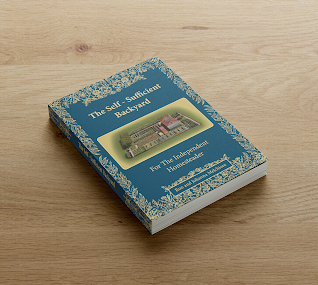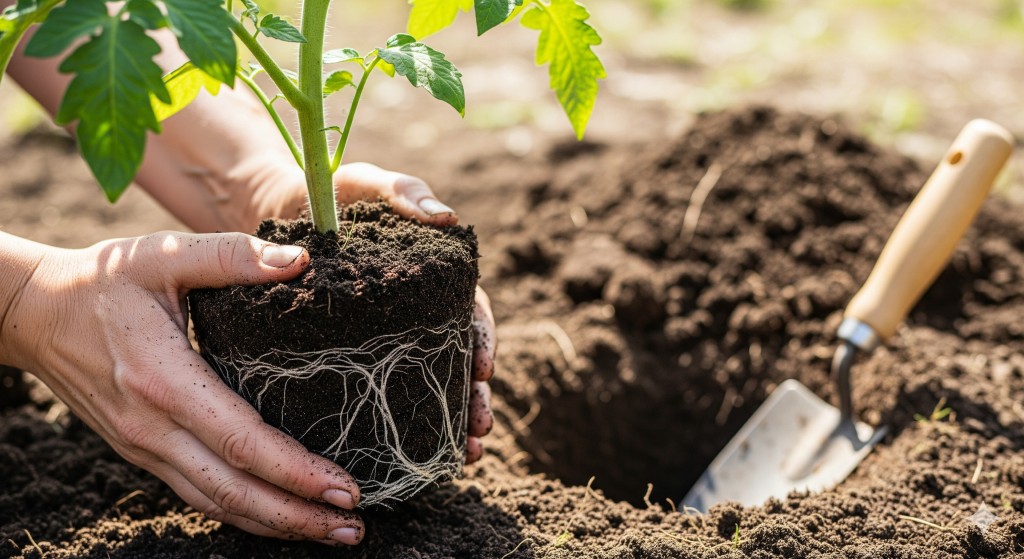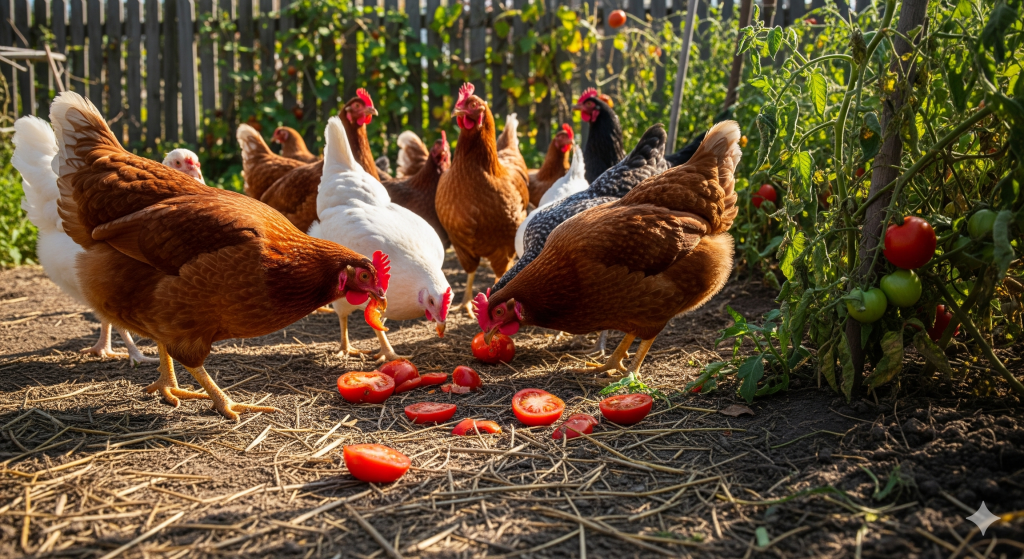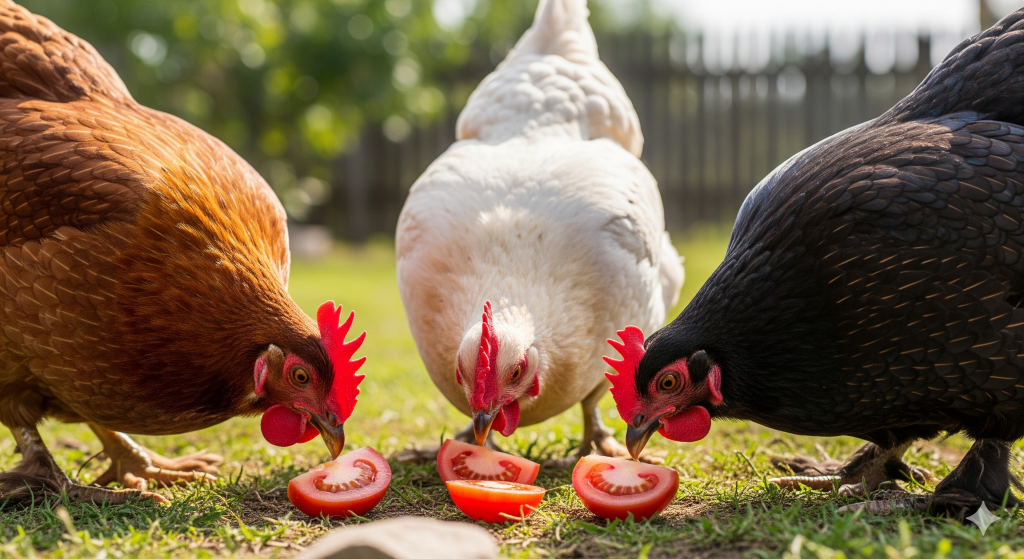Whether it’s due to poor initial placement, encroaching shade from a neighbour, or an unexpected garden redesign, many gardeners find themselves wondering, “Can you transplant tomato plants from the ground?” The answer is a resounding yes, you absolutely can! Tomatoes are remarkably resilient and forgiving plants. Unlike many other vegetables that resent having their roots disturbed, tomatoes can handle being moved, even after they have become established in the garden.
However, the success of the operation depends heavily on timing, technique, and post-transplant care. Moving a tomato plant is a stressful event, and your goal is to minimize that stress to ensure a swift recovery and continued fruit production. This guide will walk you through the process of transplanting tomatoes at various life stages, from flowering to full maturity, and provide the essential aftercare tips for a thriving plant.
Can You Transplant a Flowering Tomato Plant?
Yes, you can transplant a tomato plant that has already started to flower. While it’s not the absolute ideal time—the best time is before flowering begins—it is still very feasible. The key challenge when moving a flowering plant is that it is already dedicating significant energy to producing blossoms and setting fruit. The stress of being moved, known as transplant shock, can cause the plant to drop some or all of its existing flowers and small, newly-formed fruit.
Don’t be alarmed if this happens. This is the plant’s natural survival mechanism, redirecting energy from reproduction to root repair and establishment. Your primary goal is to help the plant recover quickly so it can produce new flowers. With proper care, a transplanted flowering tomato will soon resume its reproductive cycle and you will still get a bountiful harvest.
Can You Transplant Mature Tomato Plants?
Transplanting a large, mature tomato plant that is already heavy with fruit is the most challenging scenario, but it is still possible with careful effort. The larger the plant, the more extensive its root system, and the more shock it will experience when moved. The risk of wilting and losing fruit is much higher.
Success with a mature plant requires you to be as gentle as possible and to dig up a very large and deep root ball. This is a situation where you should only move the plant if it is absolutely necessary—for example, to save it from imminent construction or disease pressure in its current spot. Expect a significant recovery period where the plant will look sad and wilted.
Want the Ultimate Guide to Off-Grid Living?

If you love the self-sufficient lifestyle, this is the only guide you’ll ever need. Learn how to generate your own power, secure your water supply, and become truly independent. No fluff, just actionable plans.
➡️ Check out The Self-Sufficient Backyard and start your journey today!
When's the Best Time to Transplant Tomato Plants?
Timing is everything when it comes to minimizing transplant shock. The ideal conditions for transplanting a tomato plant are:
- Time of Day: Transplant on a cloudy, overcast day if possible. If the weather is sunny, wait until the late afternoon or early evening. This gives the plant the entire cool night to begin its recovery process without the stress of the hot sun beating down on it. Avoid transplanting in the middle of a hot, sunny day at all costs.
- Plant Stage: The best stage to move a tomato plant is when it is young and vigorous but before it has started to set flowers. At this stage, the plant’s energy is focused on vegetative growth, and it can recover from the move more quickly.
When Is It Too Late to Transplant Tomatoes?
While you can technically transplant a tomato at any stage, there is a point where it may not be worthwhile. It is likely too late to transplant a tomato if:
- Your growing season is ending soon. If your first frost date is only a few weeks away, the plant will not have enough time to recover from the shock and ripen any new fruit it sets. You are better off trying to protect the plant in its current location.
- The plant is showing signs of severe disease or stress. Moving a plant that is already weak and struggling is unlikely to save it and may only hasten its decline.
What to Do After Transplanting Tomatoes
The care you provide in the hours and days immediately following the transplant is the most critical factor for a successful recovery.
- Water Deeply and Immediately: As soon as the plant is in its new hole, water it thoroughly. This settles the soil around the roots, eliminating air pockets, and provides the immediate hydration the plant desperately needs. Use at least a gallon of water, letting it soak in slowly.
- Provide Temporary Shade: Even if you transplant in the evening, the next day’s sun can be brutal. Protect the newly moved plant from direct sunlight for 3-5 days. You can use shade cloth, a piece of cardboard, or even an old bedsheet propped up on stakes to create a temporary shelter. This reduces moisture loss through the leaves while the roots are recovering.
- Do Not Fertilize Immediately: The plant is in shock, and its roots are not ready to absorb a heavy dose of nutrients. Fertilizing now can actually burn the damaged roots. Wait at least one to two weeks for the plant to show signs of new growth before applying a gentle, diluted liquid fertilizer.
- Prune if Necessary: If the plant is wilting severely, you can prune off a few of the lower branches and suckers. This reduces the amount of foliage the struggling root system has to support, helping the plant balance its water needs. You may also want to remove any large fruit to redirect the plant’s energy toward recovery.
- Be Patient: It’s normal for a transplanted tomato to look wilted and unhappy for several days, or even up to a week. Resist the urge to overwater it, which can drown the roots. Check the soil moisture daily and only water when the top inch or two is dry.
Conclusion
Transplanting established tomato plants from the ground is a completely achievable task for any gardener. While the ideal time is before the plant starts flowering, tomatoes are resilient enough to handle a move even when they are mature and bearing fruit. The keys to success are choosing the right time of day, digging a generous root ball to minimize disturbance, and providing meticulous aftercare. By watering deeply, providing temporary shade, and being patient during the recovery period, you can successfully relocate your tomato plant and ensure it continues to thrive and produce a delicious harvest in its new home.



